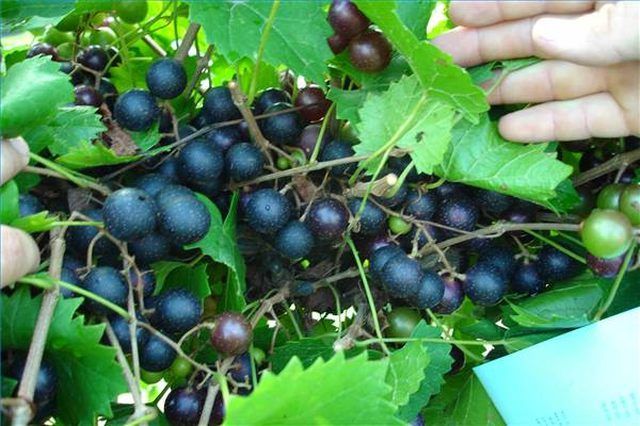Bulbs
Flower Basics
Flower Beds & Specialty Gardens
Flower Garden
Garden Furniture
Garden Gnomes
Garden Seeds
Garden Sheds
Garden Statues
Garden Tools & Supplies
Gardening Basics
Green & Organic
Groundcovers & Vines
Growing Annuals
Growing Basil
Growing Beans
Growing Berries
Growing Blueberries
Growing Cactus
Growing Corn
Growing Cotton
Growing Edibles
Growing Flowers
Growing Garlic
Growing Grapes
Growing Grass
Growing Herbs
Growing Jasmine
Growing Mint
Growing Mushrooms
Orchids
Growing Peanuts
Growing Perennials
Growing Plants
Growing Rosemary
Growing Roses
Growing Strawberries
Growing Sunflowers
Growing Thyme
Growing Tomatoes
Growing Tulips
Growing Vegetables
Herb Basics
Herb Garden
Indoor Growing
Landscaping Basics
Landscaping Patios
Landscaping Plants
Landscaping Shrubs
Landscaping Trees
Landscaping Walks & Pathways
Lawn Basics
Lawn Maintenance
Lawn Mowers
Lawn Ornaments
Lawn Planting
Lawn Tools
Outdoor Growing
Overall Landscape Planning
Pests, Weeds & Problems
Plant Basics
Rock Garden
Rose Garden
Shrubs
Soil
Specialty Gardens
Trees
Vegetable Garden
Yard Maintenance
How to Prune Muscadine Vine
How to Prune Muscadine Vine. Muscadine grapes are one of the most hardy grapes you can grow. Typically grown in the southeastern United States, they are disease and insect resistant, can be planted any time of the year and thrive like a weed. The scuppernong is a variety that has been cultivated since the 1500s and is still widely popular in home...

Muscadine grapes are one of the most hardy grapes you can grow. Typically grown in the southeastern United States, they are disease and insect resistant, can be planted any time of the year and thrive like a weed. The scuppernong is a variety that has been cultivated since the 1500s and is still widely popular in home arbors and for making wine.
Things You'll Need
Hand pruners
Let the vine grow the first year so that it can collect all the energy it needs from the leaf canopy. Trim the vine back if it grows past the top wire of your trellis, which is usually set 5 feet from the ground. Keep the ground clear of weeds around the base of the plant. In the fall, choose one branch to be the trunk and use a piece of string to tie it to the top wire of your trellis. Trim away the other side branches.
Trim the plant back at the end of the second year so that you have a main stem and two canes. Cut off all the remaining growth and trim back the canes so that each only has three or four buds. This will force the energy collected in the larger root base that's hidden underground to grow much heavier the following spring.
Cut out any diseased or dead wood. Make sure your pruners are well sharpened and wipe them with alcohol if you are trimming off diseased portions so you don't spread any contamination. Keep the area around the plant free so that it has good air flow. Mildew and mold are contagious around damp grapevines, so keep good air circulation.
Prune the plants each winter so that all new growth is reduced to two or three new buds. This will keep the vine in check and force better fruit production. Prune any time after the plant has entered dormancy, up to almost the last frost in your area. Late pruning may delay the onset of spring budding by a few days.
Keep the wood pruned off the top of the vine. After four or five years, remove some of the fruiting branches to force new wood. Use sheers to remove grape clusters to keep the bark from peeling back and scarring the vine.